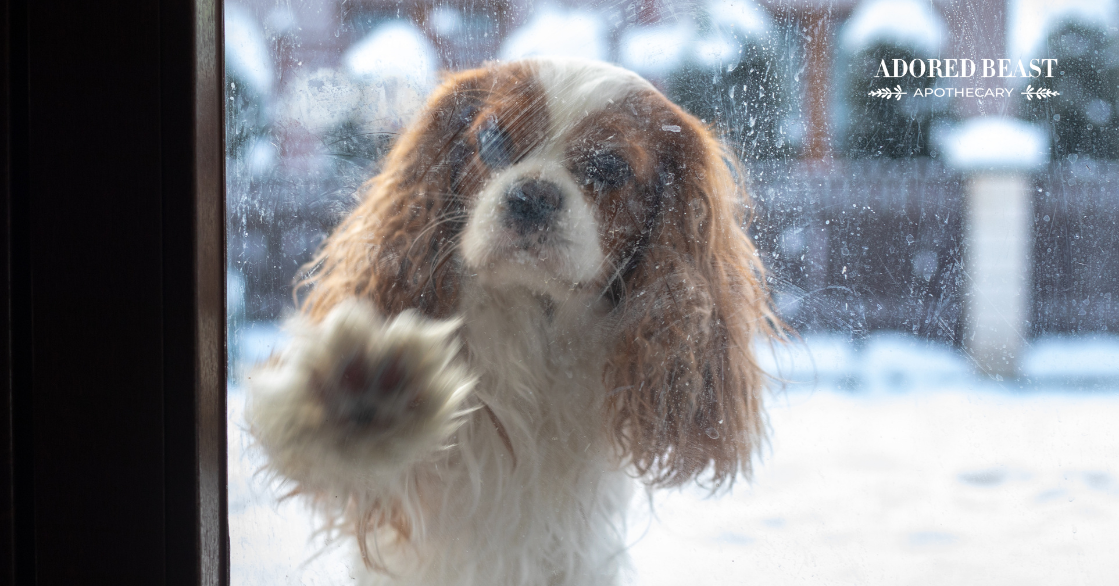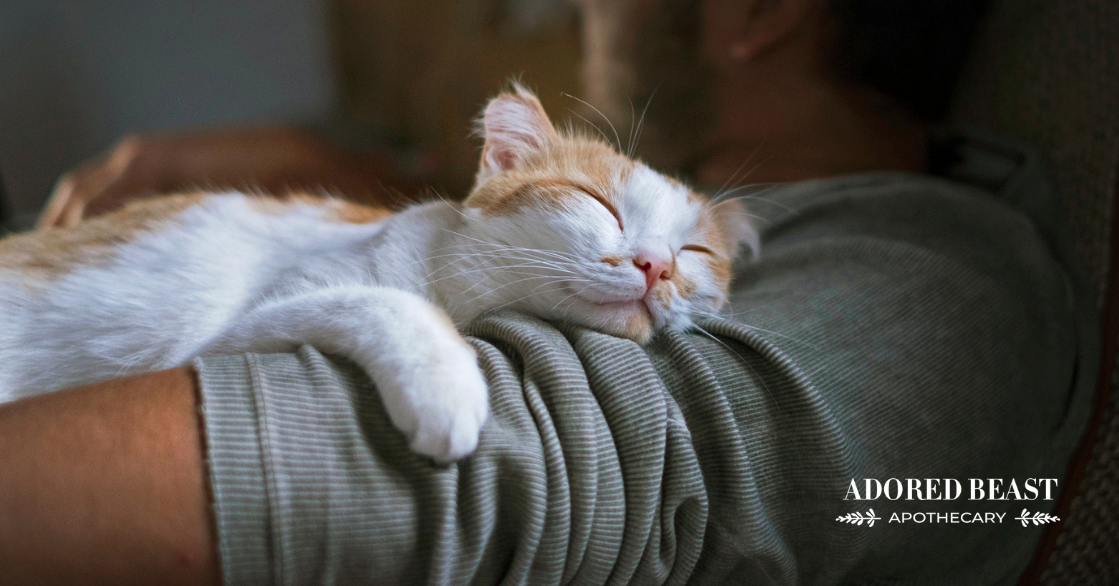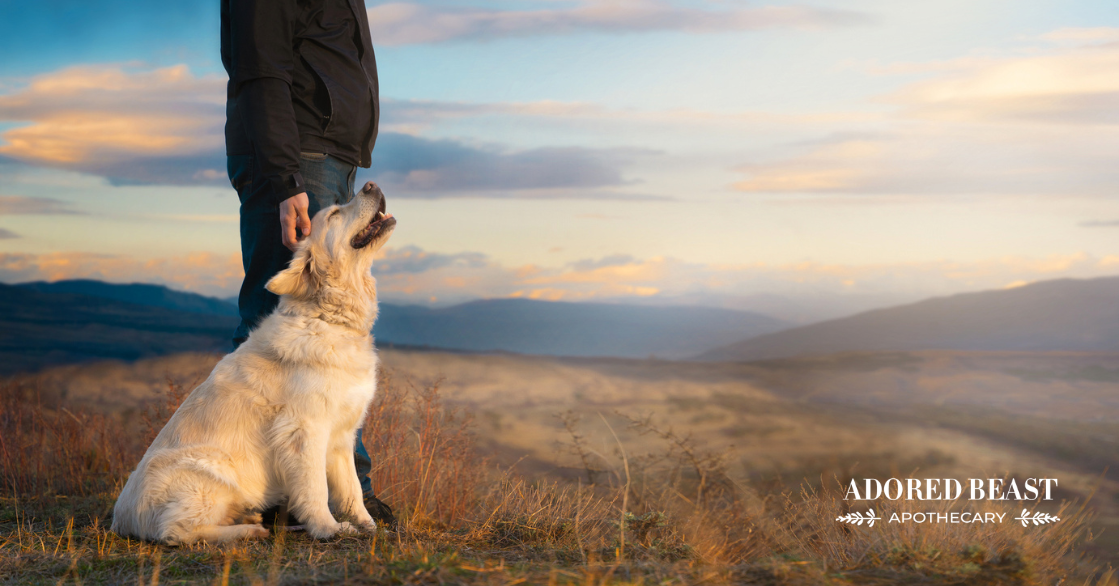The cold weather is in full effect all around us, and for some pups that’s a wonderful thing. Many dogs enjoy the cooler weather and a nice romp in the snow.
That said, we know that some pups are not huge fans, and that this dislike of the cold and snow can impact their desire to use the facilities (ie. pee outside). Some even downright refuse to head outdoors when there’s even the slightest evidence of snow fall.
This can be a not-so-fun scenario to deal with as a pet parent – and we sympathize. If your dog won’t pee outside in winter, that’s a problem. Either pets will hold their pee until they’re full to bursting before going out, or they pee inside. Either option isn’t a good one.
So, what’s the impact of this pee holding, and how can you help your animal?
(Plus, what if this behaviour is unusual and your dog is peeing inside for a different reason?)
Can Holding Pee be Harmful?
Sometimes we don’t realize that if our dogs aren’t going outside as regularly as normal, it’s not a big deal. But not peeing enough is actually a big factor in UTI issues. When your dog pees, this action flushes bacteria out of the urethra. If they aren’t flushing (peeing enough), the bacteria can take hold and begin to cause infection. This can cause a urinary tract infection quite quickly.
This is especially problematic for small female dogs like pugs who have curly upright tails as dirt and bacteria build up just from sitting, or geriatric dogs that have relaxed sphincters because the laxity already makes them susceptible. In both cases it can sometimes be hard for them to even reach around to fully clean themselves, bacteria can travel up the urethra. If it isn’t being flushed out via urination, this can lead to an infection.
Holding pee can also lead to urinary crystals and stones, which are also irritating and painful for our animals, and can become serious if they cause a blockage.
We need our dogs to pee to be healthy – and not just when it’s convenient or warm. So, if your dog won’t pee outside in winter, how can you help them?
What to Do If Your Dog Won’t Pee Outside in Winter
In general, dogs who refuse to do their business outdoors in the cold are typically small dogs or dogs who are hairless or have very short hair. Older dogs may also be reluctant, either because their joints are sore and they generally tend to suffer from the cold more, or because the snow and ice can be tougher and scary to navigate for a senior.
There are a few different things you can do to help encourage outdoor elimination. Remember, scolding is NEVER the answer. If your dog doesn’t like the cold or the snow, they’re not peeing inside as a form of protest. Don’t get angry with them. Instead, try these tips and tricks to help coax them outside:
- Try cold weather clothing for pee breaks – booties and a jacket can make all the difference
- Create a covered area on the back patio/deck/balcony that is protected from the harsh weather
- Shovel well, and often to keep areas free of snow
- Adding plain sandbox sand can help them to be less fearful of falling and give more them grip. Be sure it is not ice melting sand because that has chemicals and salt!
- If your pet has a preferred bathroom area, shovel a path to it and keep the area free of snow build up
If you just can not get them out try the pee pads. If your dog doesn’t seem to have trouble adapting, regular ones are fine. Ones that have pheromones added and are used for puppies to house train can be helpful for dogs that are not used to using pee pads.
Put them in an area away from traffic to give them some privacy, or close to a door. You can even get plastic washable fire hydrants for male dogs, just put the hydrant in the centre of the pee pad.
If your dog is holding it in just to avoid the snow, and you’re worried about the after effects of not enough flushing, a soothing urinary support can be a big help. Our Easy Peesy II can really help the body to regulate pH, therefore assisting in the reduction of stone formation. It also soothes the urinary tract, offering protection and relief if there is pain.
Not Just the Snow and Cold…
Sometimes the cold and snow has nothing to do with a dog peeing inside. If your dog won’t pee outside in winter, that’s one thing – but if you don’t think the cold is the issue, and your dog doesn’t normally pee in the house, indoor elimination could be a sign that something’s up.
Other common reasons that might be causing a dog to pee inside include:
- Urinary Tract Infection – A UTI is an infection in one or more places in the urinary tract. It often happens for dogs who are spayed or neutered because they have fewer sex hormones and that leads to a weaker sphincter. This means bacteria can enter the bladder more easily. (Bladder infections are a type of UTI, but not all urinary tract infections are bladder infections – a bladder infection is a UTI that’s only in the bladder.)
- Incontinence – This is somewhat common in older dogs, but it can also affect younger dogs as well. Remember that decrease in muscle strength and weakened sphincter after a spay? This allows urine to dribble out, or sometimes you’ll even see a full-on emptying of the bladder.
- Diabetes or kidney problems – Diabetes or conditions involving kidney function can cause an increase in water intake. This can in turn cause urgent and more frequent need to urinate. And if they’re constantly going in and out there may be some accidents in the house.
- Cushing’s disease – Excessive thirst is commonly observed in Cushing’s syndrome dogs. Dogs with it may urinate more frequently and for longer time periods due to excess urine volume.
- Pain and or illness from any cause can cause increased thirst and urination.
If you’re concerned that the snow and cold isn’t the culprit, it might be a good idea to call your trusted veterinarian. Some of these issues can be serious and be painful for your pup!
In the winter, if your pup has decided that they’re just not having it, try a few different supportive measures to help encourage them to do their business without stressing them out! Good luck and happy flushing!












